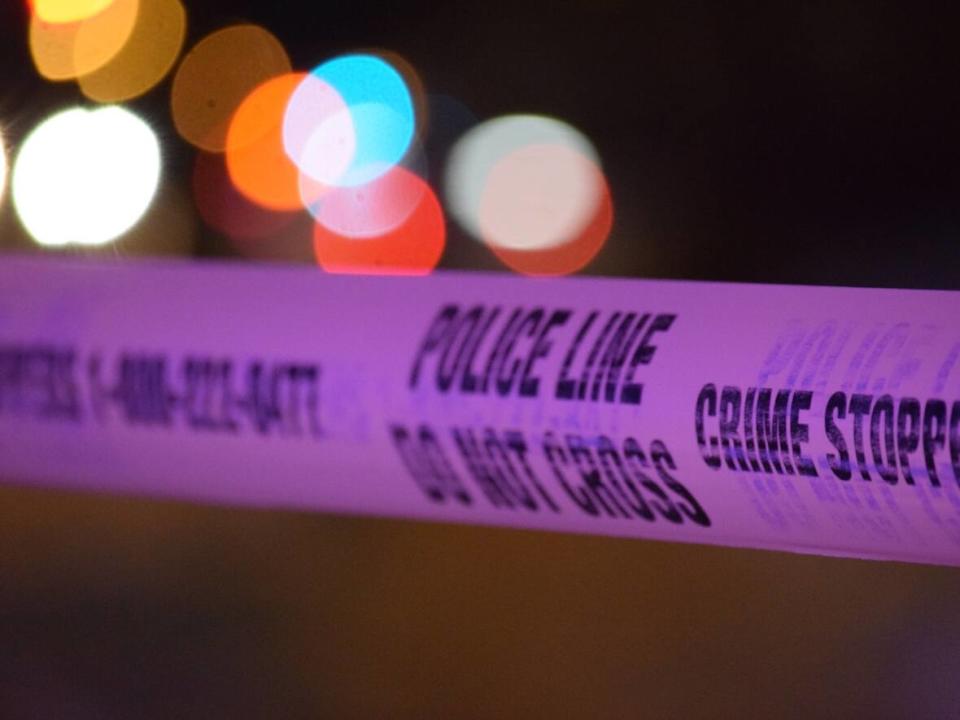More than three-quarters of homicide victims in Sask. in 2020 were Indigenous: StatsCan

The homicide rate among Indigenous people in Saskatchewan is more than 17 times higher than the rate among non-Indigenous victims, even though Indigenous people only make up about 10 per cent of the province's population, according to recent Statistics Canada data.
The data, published in a Nov. 25 report, shows Saskatchewan's rate of Indigenous homicide victims is the highest in Canada.
Of the 60 homicide victims in Saskatchewan in 2020, 46 — more than 76 per cent — were Indigenous.
That's a rate of 22.74 homicides per 100,000 people in the Indigenous population, according to Statistics Canada, compared to a rate of 1.31 per 100,000 in the non-Indigenous population.
The Indigenous homicide rate in Saskatchewan is the highest in Canada, according to the statistics.
In 2019, there were 55 homicide victims in Saskatchewan, 37 of whom were Indigenous.
Robert Henry, an Indigenous studies professor at the University of Saskatchewan, says the statistics show action is needed.
"I think we need to start looking at how is this happening and focusing less from a punitive perspective, and looking at it from a social determinants perspective," he said in an interview with CBC Radio's The Afternoon Edition.
"How do we actually begin to reduce the violence onto Indigenous bodies?"
Henry said there are many reasons why the divide exists. He said Indigenous lives are sometimes seen as less valuable than those of non-Indigenous people.
Henry — who studies Indigenous street gangs, mental health and justice — notes there are some Indigenous people who are involved with gangs and what he called the "street lifestyle."
He says it's important to better understand how to work with people in those spaces to avoid unnecessary deaths.
Disproportionate rate accused of homicide
Statistics Canada also notes that in 2020, the rate of Indigenous people accused of committing a homicide in Saskatchewan was over 23 times higher than the rate among non-Indigenous people (26.2 per 100,000 compared to 1.11 per 100,000).
That rate is also the highest in Canada.
Henry said some of this violence is committed against other Indigenous people, and closer attention needs to be paid to why that is happening.
He noted steps are being taken, like programming that is helping Indigenous people overcome intergenerational trauma that may be leading to violence.
"We've got to find ways to better support that," he said. "Not just Indigenous communities but urban spaces as well."
While Henry said he's unsure why the rates are higher in Saskatchewan than elsewhere, he said the stats will ebb and flow over time.
"We can't look at these homicide rates and say, 'Oh my God, what happened this year?' but rather look at it more broadly. Yes, it's high," he said.
But "if we continuously work with communities ... and try to build healthy relationships across these spaces, I think you'll begin to see the decline."

 Yahoo Finance
Yahoo Finance 